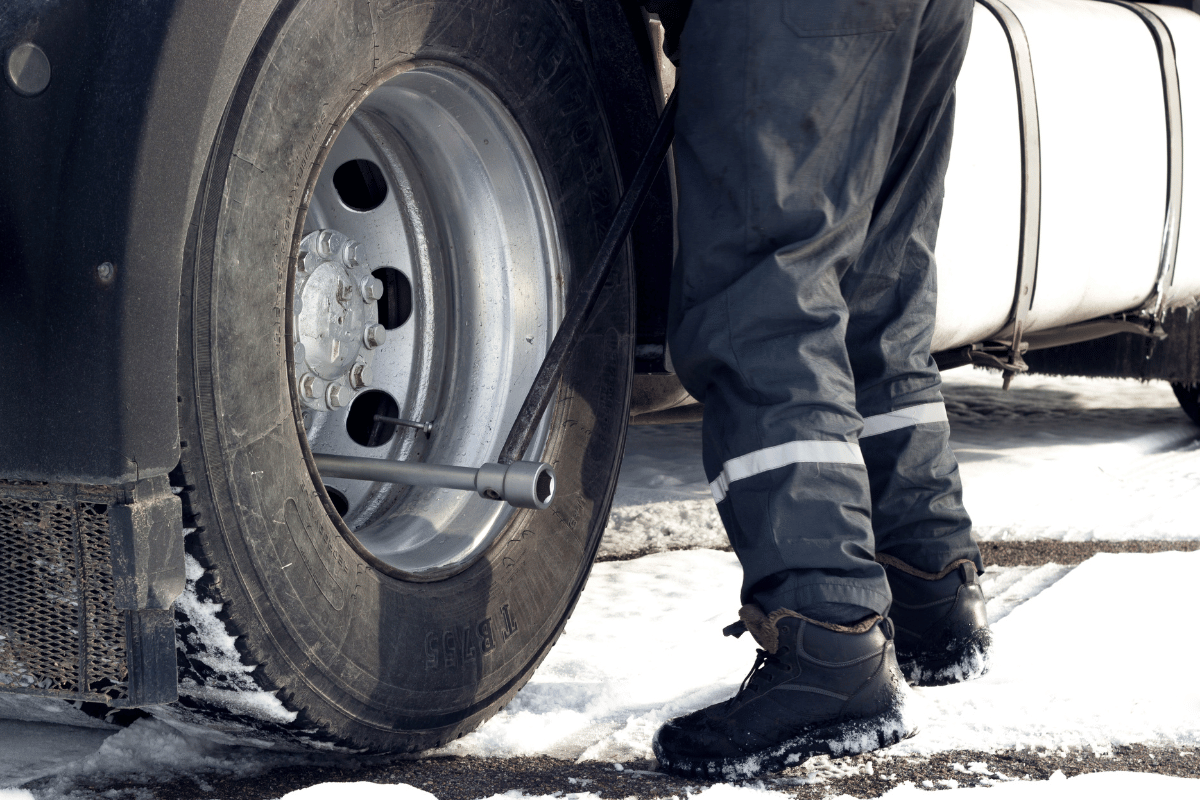If you own a tractor, you know how important it is in your daily life. A tractor can solve your daily problems and thus must be essential to your work. However, with easy labor comes high upkeep. Tractors are large, heavy vehicles typically used for strenuous labor daily, exposing their components to excessive wear and tear every time you drive them to work.
The tires are the most stressed component of a tractor, and they can develop cracks or punctures that require immediate repair so that the tires do not impede your work for an extended period. Therefore, this article is for those tractor owners needing help repairing solutions and maintenance tips for tractor tires.
Buy Garage Tools Online – www.garageshop24x7.com
Tips on How to Repair a Tractor Tire
Repairing tractor tires is a difficult job that requires precision, effort, and patience. There are numerous repair solutions for various punctures and vents, such as hot and cold tire repair solutions. As a result, the most logical and cost-effective solution for cracked or punctured tractor tires is to repair them as soon as feasible.
Hot Repairs or Vulcanisation
If your tractor tire undergoes high tensile force daily, it will likely develop bigger fractures and cracks. In these cases, it is best to opt for a hot repair solution to uniformly repair the original rubber and make it last to resist the everyday stress that your tire faces. This is how your type can maintain flexibility and allow the tire pressure to get readjusted according to the land’s topography in your work area.
The correct way to perform Hot Repairs
- You must carry out hot repairs in a clean shop to avoid impurities.
- The first step is deflating the tire entirely and then discounting it.
- Next, you need to enlarge the tire puncture and remove all damaged or defective spots with the correct tools to prevent the crack from expanding.
- It is vital for you to create chamfers surrounding the cut and to make sure that the repair fits nicely into the cavity created to ensure long-lasting results.
- After the cut is adequately prepared, you must simultaneously repair the inside and outside.
- It is advisable to use crude rubber, apply it using an extruder, and compress the rubber to eliminate air bubbles.
The correct way to perform Cold Repairs
- You should note that cold repairs are the best for smaller and simpler punctures with tubeless tires or inner liners.
- The foremost step is to discount the affected tire.
- Next is changing the inner lining so you can avoid any problems in the future.
- But if you wish to leave the inner liner on due to minimal damage, you can always opt for a standard patching solution.
- The leak should be repaired with a patch and a small amount of vulcanizing liquid to increase the cohesive force between the patch and the liner.
Tire repair from the exterior or interior
This repair can only be possible if you have a tubeless tire and no inner liner. If the punctured area is tiny and readily located, you may repair it without dismounting the tire:
- An item such as a nail, branches, screws, rocks, etc., is visible in the tire.
- You know what caused the hole to form and have pinpointed the location due to apparent perforation.
How to Patch a Tractor Tire?
When you have a flat and worn-out tire, you can either wait for a mechanic to arrive and do your work for you to charge a loaf of money, or you can get a few tools and fix it yourself. The things you will need for the fix after your tire is dismounted are:
- A cordless drill
- A mechanical buffer
- Core tool
- Stitching tool
- Inflating tool
- Dish soap
- Glue and a couple of patches
Here’s how to quickly fix it:
Inflate your tire until it’s firm and locate your leak using minimum pressure and spraying the dish soap. Next, you need to mark your hole and deflate the tire. Finally, use the buffer to smoothen the area around the leak, and apply the glue to the area in a thin layer.
Let the glue dry completely, and then stick your patch on the glue and stitch the area in various directions until the transparent film comes off of the front portion of the patch. Then you can reassemble the tire after a careful inspection!
When should you replace a Tractor Tire?
Driving a tractor with worn tires is also a formula for costly and inconvenient downtime. Worn tires can lead a tractor to work at a higher slip rate in most soil conditions, increasing fuel consumption and time spent in the field.
The tire may become useless if the body plies and belt components are damaged. The tire could have punctures if you detect a slow leak that isn’t coming from the valve stem. When a tractor begins to operate at a greater slip rate, it needs time to complete a task and consumes more fuel. These are signs to look out for when assessing when to replace your tractor tire.



